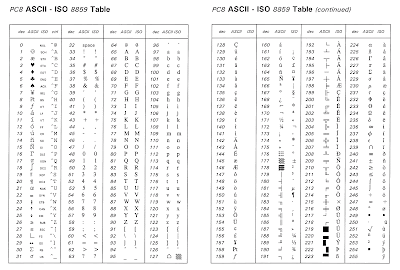Error Detection Topics : CRC Detection
Define the concept of CRC
CRC stands for Cyclic Redundancy Check. It's a method used in error detection in digital data transmission or storage. Essentially, CRC involves generating a fixed-size checksum (a sequence of numbers) based on the data being checked. This checksum is appended to the data and transmitted or stored alongside it. When the data is received or retrieved, the CRC checksum is recalculated and compared with the transmitted checksum. If the two checksums match, it's likely that the data was transmitted or stored without errors. If they don't match, it indicates that errors might have occurred during transmission or storage.
Discuss the concept of redundancy in error detection
Purpose: The primary purpose of redundancy is to provide a means of detecting errors and ensuring data integrity. By adding redundant information to the data, we can perform checks on this extra information to verify the accuracy of the transmitted or stored data.
Types of Redundancy: There are various types of redundancy used in error detection techniques, including:
- Checksums: Adding a checksum (such as CRC or simple parity) to the data to verify its integrity.
- Hamming Codes: Introducing additional parity bits to detect and correct errors in data transmission.
- Two-Dimensional Parity Check: Adding parity bits both horizontally and vertically to create redundancy in error detection.
- Error-Correcting Codes (ECC): Utilizing specialized codes to detect and correct errors in transmitted data, commonly used in memory systems and storage devices.
Trade-offs: While redundancy enhances error detection capabilities, it comes with trade-offs. The additional bits required for redundancy increase the amount of data transmitted or stored, impacting bandwidth or storage efficiency. Moreover, more complex redundancy schemes may require additional computational resources for encoding and decoding.
Reliability: Despite the trade-offs, redundancy significantly improves the reliability of data transmission and storage systems. It allows for the detection of errors caused by noise, interference, or hardware failures, ensuring that erroneous data can be identified and corrected or retransmitted.
Overall, redundancy plays a crucial role in error detection by providing additional information to verify the accuracy of transmitted or stored data, thereby enhancing the reliability of communication and storage systems.
Explain how CRC checker works
A CRC checker works by performing the same calculation that was done to generate the CRC checksum on the received data. Here's a basic outline of how it works:
- The received data, including the appended CRC checksum, is fed into the CRC checker.
- The CRC checker uses the same CRC algorithm (often defined by a polynomial) that was used to generate the original checksum.
- It performs the same mathematical operations on the received data to generate a new checksum.
- This newly calculated checksum is then compared with the received checksum.
- If the two checksums match, it indicates that the data is likely intact. If they don't match, it suggests that errors might have occurred during transmission or storage.
List the steps followed in checksum generator
Initialization: Initialize the checksum value to an initial state. This could be zero or some other predefined value depending on the checksum algorithm being used.
Dividing Data into Blocks: Divide the data into blocks or packets. The size of these blocks can vary depending on the specific application or protocol.
Calculating Checksum: For each block of data:
- Process the data using the checksum algorithm. This typically involves performing bitwise operations, such as XOR, addition, or subtraction.
- Update the checksum value based on the processed data.
Finalization: After processing all the data blocks:
- Perform any final operations on the checksum value to prepare it for transmission or storage. This might involve complementing the checksum or applying other transformations.
Appending Checksum: Append the calculated checksum to the original data. This combined data and checksum can then be transmitted or stored.
These steps ensure that a checksum is generated for the data being transmitted or stored, allowing for error detection during subsequent retrieval or reception. Different checksum algorithms may have variations in these steps, but the general principle remains the same: process the data in blocks and compute a checksum that can be used for error detection.



Ulasan